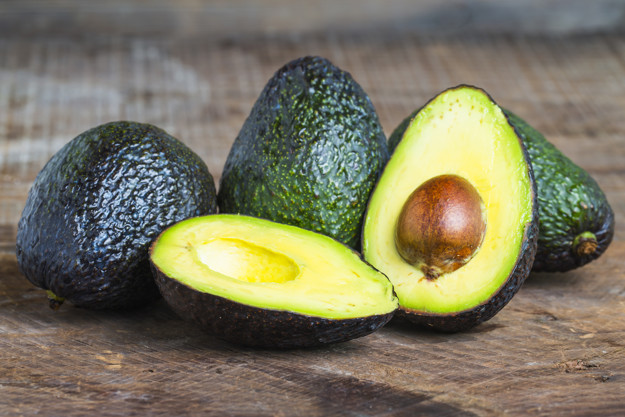top of mind news
- New York City Extends Its Restaurant Week For The Whole Month
- Yelp: Restaurants and Food Businesses Show Resiliency
- This Egg Helps Explain the Growth of Plant-Based Foods in the US
- Lent Brings The Season Of Seafood To The Table
- Helping Employees Find Financial Security after COVID-19
Poultry
 Total chicken slaughter for the week ending January 23rd was down 1.1% from the year prior, with last week’s harvest down an estimated 1.1% as well. Still, last week’s slaughter was the largest for any week since late September. The recent spike in wholesale chicken prices would normally push integrators to boost production, but persistently higher feed costs are keeping a lid on more active production expectations. The run higher on wing prices has been historic, and emerging Super Bowl demand has been considerably higher than expected. Still, seasonally lower wing prices should be on the horizon. Breast meat prices have also been increasing, and even the leg quarters markets are firming. Tight chicken supplies could persist in the near-term.
Total chicken slaughter for the week ending January 23rd was down 1.1% from the year prior, with last week’s harvest down an estimated 1.1% as well. Still, last week’s slaughter was the largest for any week since late September. The recent spike in wholesale chicken prices would normally push integrators to boost production, but persistently higher feed costs are keeping a lid on more active production expectations. The run higher on wing prices has been historic, and emerging Super Bowl demand has been considerably higher than expected. Still, seasonally lower wing prices should be on the horizon. Breast meat prices have also been increasing, and even the leg quarters markets are firming. Tight chicken supplies could persist in the near-term.
Beef
Saturday kills continue to carry the water in recent weeks, with last week’s cattle harvest up 2.4% (y/y) while beef output was 4.6% larger. Heavier carcasses unexpectedly remain. The Choice beef cutout pushed into the $2.30 area, the highest for late January since 2015 but anticipate a break lower this month. Still, packers have a good forward sold position that may temper that downside potential. The 50% fat trim market moved into the $0.60 area but is down 10% from a year ago. Heavier carcasses may keep fat trim prices at bay. The cattle herd was confirmed last week to be modestly smaller, a trend that may persist.
Pork
Pork production moderated last week (w/w) but came in 1% above last year. Big output has done little to temper pork prices, with the USDA cutout rising. The hams, loins, and bellies have led that rise, but bellies have been the strongest, running 22.6% over year ago levels. Still, pork items strength has been more modest than initially expected. But there may be another week to two of steady to higher pricing before weakness likely reemerges. Pork 42s prices are running seasonally normal, but trim upside price risk usually emerges in mid-spring.
THE SEA
Seafood
The Alaskan Bering Sea snow crab fishing season is progressing albeit still in the early stages. As of January 29th, just 4.7 million pounds of snow crab had landed which is just 11% of the quota. Snow crab landings are expected to improve substantially during the next several weeks. But even though the quota is a multi-year high, fairly tight snow crab supplies are expected to persist.
THE GARDEN
Produce
The avocado markets have continued to trade at engaging levels during the last several weeks with the 48 count Hass market declining to a one-week low. Avocado shipments have been subpar as of late tracking 27% below the prior year. Season to date avocado shipments are only trending 3% below the previous year. History suggests that higher avocado prices could be forthcoming. The 5-year average move for the 48 count Hass market is a rise of 43% during the next 11-weeks. Tomato supplies appear to be slowly improving.
THE KITCHEN SINK
Dairy
CME cheese block and barrel prices were lower last week and are down at least 11% (y/y). CME spot butter prices finished lower last week and are cheaper by 29% (y/y). Per the USDA, U.S. December milk production was up 3.1% (y/y). The number of milk cows in December was up 1.1% (y/y) and has grown by a whopping 93k since June. The milk-per-cow yield in the month was up 0.2% (y/y). Anticipate big milk output to persist but dairy farmer margins may become vulnerable later this year. The downside risk for cheese block market may be only modest. Current 2021 butter prices are engaging.
Grains
The grain markets have found support again during the last week due in part to several large U.S. export purchases by China. Speaks to the tight supplies there as well as the late harvests in South America. This could underpin the markets for at least the next few weeks. But the futures markets signal that lower prices are likely later this year.
Oil
Last week nearby natural gas futures finished higher (w/w) and were 39.5% costlier than a year ago. After a moderate January, colder temperatures are forecasted for most of the U.S. in the next two weeks. Natural gas prices can still increase.













